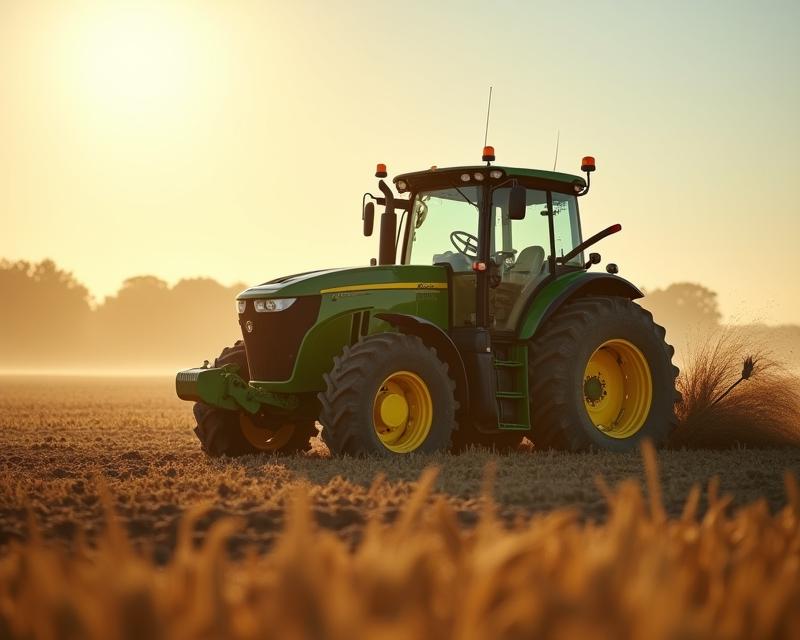Wheat Soil Prep: A Farmer's Guide
Publish in Crops el 03/07/2025 17:20
Wheat Soil Preparation: A Step-by-Step Guide
Wheat is a staple crop, and a healthy start begins with healthy soil! Preparing your soil properly is crucial for optimal germination and a bountiful harvest. This guide walks you through the essential steps, ensuring your wheat plants have the best possible foundation. Whether you're a seasoned farmer or just starting out, these tips will help you achieve a successful wheat crop.

1. Soil Testing: Know Your Starting Point
Before you even think about tilling, get your soil tested! A soil test provides valuable information about your soil's pH, nutrient levels (like nitrogen, phosphorus, and potassium), and organic matter content. You can usually get a soil test done through your local agricultural extension office or a reputable soil testing lab. This test will tell you what amendments your soil needs to support healthy wheat growth. Understanding your soil's composition is the first and most important step.
2. Tilling & Soil Aeration
Tilling loosens the soil, improving aeration and drainage. This allows roots to penetrate easily and access water and nutrients. The depth of tilling depends on your soil type – generally, 6-8 inches is sufficient. You can use a conventional plow, a chisel plow, or a no-till method (if you're already building up organic matter). If you're using a conventional tillage method, be mindful of soil erosion. Consider conservation tillage practices to minimize soil disturbance.
3. Soil Amendment: Balancing the Nutrients
Based on your soil test results, you'll likely need to amend your soil. Lime can be added to raise the pH if your soil is too acidic. Sulfur can be used to lower the pH if your soil is too alkaline. Compost and other organic matter are fantastic additions, improving soil structure, water retention, and nutrient availability. Fertilizers can also be applied based on the soil test recommendations, ensuring your wheat plants have the necessary nutrients for growth. Remember to follow fertilizer application guidelines carefully.
4. Final Soil Preparation & Sowing
After tilling and amending, rake the soil to create a smooth, firm seedbed. This ensures good seed-to-soil contact, which is vital for germination. The ideal soil moisture for sowing wheat is slightly moist but not waterlogged. Follow recommended planting depths for your wheat variety. Proper soil preparation is an investment in your future yield. By taking the time to prepare your soil correctly, you're setting your wheat crop up for success. Don't hesitate to reach out to your local agricultural extension for specific recommendations tailored to your region and soil type.





